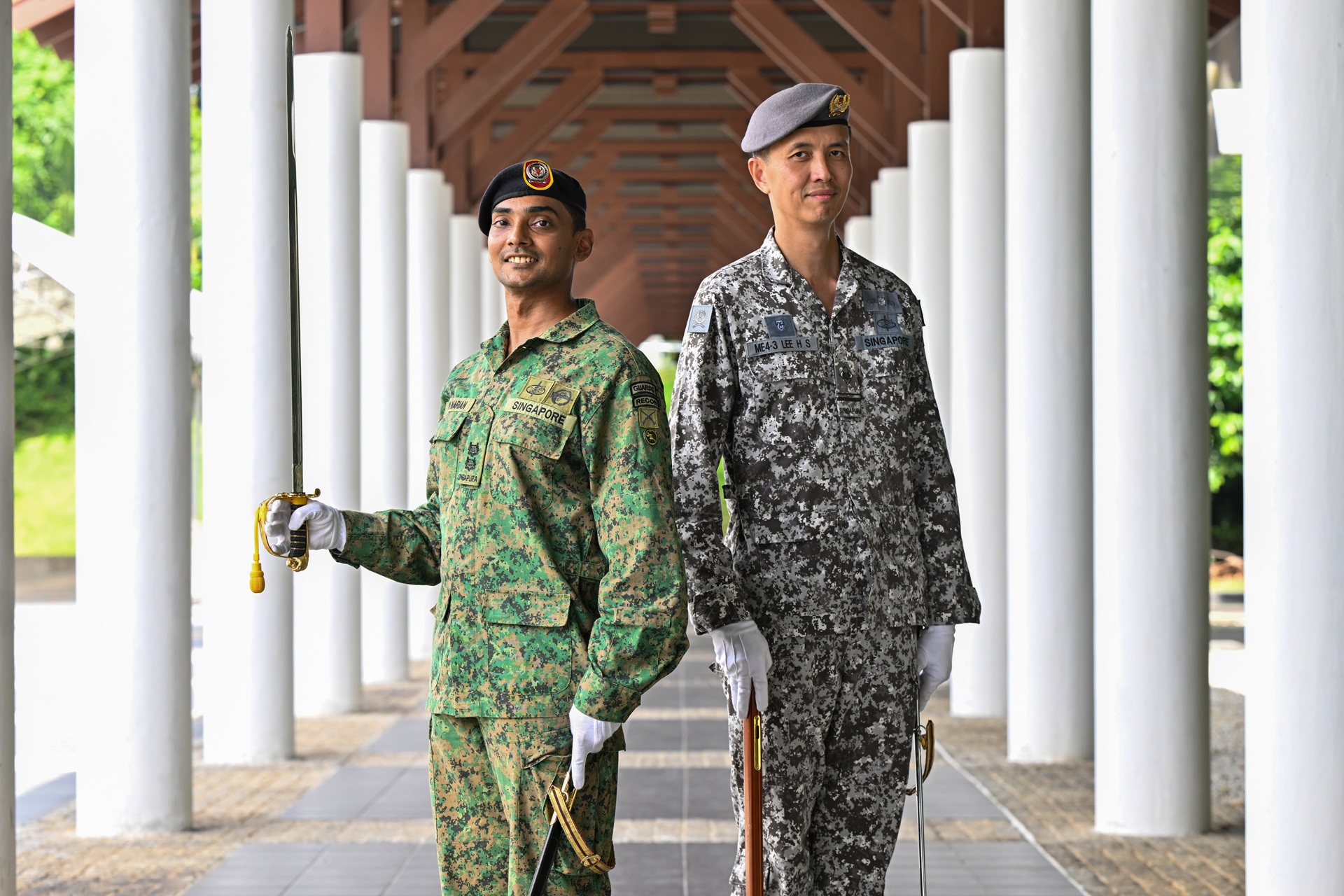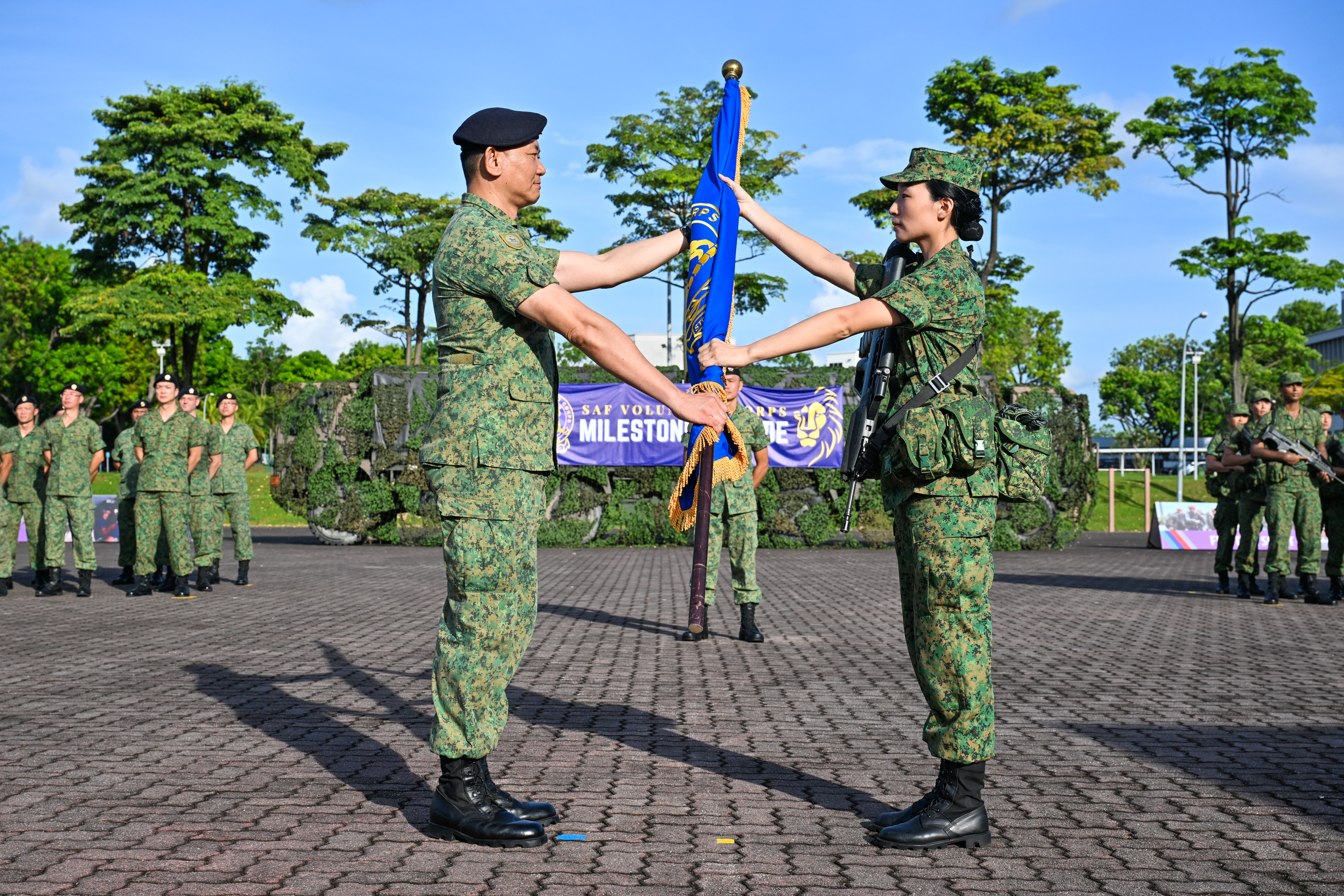20,000 SOLDIERS TO TRAIN ANNUALLY AT NEWLY OPEN SAFTI CITY
Phase 1 of SAFTI City – the SAF’s next-generation smart training facility – was launched by Dr Ng on 19 Mar.High-rise buildings, an MRT station and bus interchange – this looks like a scene in everyday Singapore… except for the armed soldiers and military vehicles rolling down empty streets.
Welcome to SAFTI City, the Singapore Armed Forces’ (SAF’s) new training ground. About the size of 20 football fields, it features not only an integrated transport hub and over 70 buildings, but also about 11,000 sensors to track and assess soldiers’ training performance.
Defence Minister Dr Ng Eng Hen launched Phase 1 of SAFTI City on 19 Mar.
Noting that the investment in this modern training facility will “last for a generation and beyond,” Dr Ng said: “Fighting in urban built-up areas in SAFTI City is a physical manifestation of that commitment of giving realism to our soldiers so that they are prepared (for such operations).”
Army units have begun training in the facility since October 2024, including 5th Battalion, Singapore Infantry Regiment (5 SIR) and 40th Battalion, Singapore Armoured Regiment.
Once it reaches a steady state of training, SAFTI City (Phase 1) is expected to have close to 100 per cent utilisation, with about 20,000 soldiers going through its streets annually.
Down the road, Phase 2 will also be opened, with a focus on industrial areas including container parks and a ferry terminal.
Jointly developed by the Singapore Army and the Defence Science and Technology Agency (DSTA), SAFTI City is designed to meet the evolving training needs of the SAF, for a wider range of operations from peace to war.
Here’s what to expect:
1. Focus on high-intensity urban operations
Designed to resemble a densely populated urban city, this versatile training area allows soldiers to take part in high-intensity urban operations as well as homeland security, counter-terrorism and disaster relief operations.
The “city” houses 71 buildings, of which 43 are high rise, said Lieutenant Colonel (LTC) Darius Kwa, Head of the Training Capability Development Branch in the Army’s Headquarters Training and Doctrine Command.
The 17-hectare training area can accommodate up to two battalion-level exercises, or concurrent training of up to six companies.
While it is smaller than the 27-hectare Murai Urban Training Facility, SAFTI City has three times its gross floor area, added LTC Kwa.
The 41-year-old explained: “This more efficient use of land has led to increased urban density and complexity of the facades within SAFTI City…where we can replicate the hideouts that enemies might take.”
2. Realistic training environment
The SAFTI City grounds comprise a mix of low shophouse clusters, interconnected high-rise buildings, multiple road networks and a transport hub for varied training.
The integrated transport hub – which accounts for a quarter of SAFTI City’s gross floor area – boasts MRT stations, a bus interchange, an office building and retail spaces.
Decommissioned MRT trains, donated by the Land Transport Authority, are used for added training realism.
Although stationary, the trains are retrofitted with lights and ventilation and can have their doors opened and closed for soldiers to practise forced-entry scenarios.
Training drains also form a part of the complex city, and are used as an alternative means of approaching an objective with added cover.
The drains are widened to provide a safe yet realistic subterranean environment for troop movement.
3. “Smart” city with 11,000 systems & sensors
About 11,000 systems and sensors are deployed all over SAFTI City, allowing the real-time tracking of soldiers and control of training activities.
“We had to make sure these 11,000 systems are all interconnected; this is the first Army project we have of such a scale,” said Mr Lee Shinhan, Senior Programme Manager of Simulation and Training Systems Hub at DSTA.
The 37-year-old added that an Exercise Control System brings together information from these devices to provide trainers with data for training.
This allows commanders like Captain (CPT) Dilys Choo to film and see her soldiers as they are training, and give them immediate feedback.
“It helps them learn on the spot and correct their actions (quickly) when they move on to the next phase of training,” said CPT Choo. The 28-year-old is a platoon trainer in the Motorised Training Institute.
She also uses the system to control various training facilities to hone her soldier’s skills.
“I can control swing doors (that are built-in) to manoeuvre training routes; (or) suddenly turn off the lights so that the soldiers have to react tactically to that situation.”
Even the buildings are instrumented at SAFTI City.
Sensors on the building walls mean that they can be “degraded” by direct fire, with their structural integrity indicated on display screens.
“If a soldier seeks cover behind a damaged wall, they may be ‘wounded’ or ‘eliminated’ as the compromised structure no longer provides the same level of protection,” said LTC Mohamed Firdaus Bin Mohd Ghazali, Commanding Officer of Motorised Infantry Battalion Training Centre.
“This helps sharpen the soldiers’ responses to battlefield cues… and reinforces the importance of constantly evaluating cover options,” added the 38-year-old.
4. Innovative infrastructure
Other advanced features at SAFTI City include swing panels that allow multiple configurations of the city’s roads.
“We can reconfigure the whole city layout and traffic flow, or even (use the panels) to close up an area and create a combat scenario for soldiers to think on their feet and use a bypass,” said LTC Kwa.
The building’s windows are also built with mesh instead of glass to minimise maintenance cost while allowing ventilation.
When required, they can be replaced with glass panels to allow for window-breaking as part of training.
5. Targets that “shoot back”
The “city” also provides a more realistic and immersive training environment through smart instrumentation and battlefield effect simulators.
For example, smart targets in SAFTI City are able to “fight back”, and are used to augment opposition forces.
These include target boards that can flip up to simulate sudden engagements, as well as mobile mannequin targets that are mounted on wheels to simulate enemy patrol.
Corporal (CPL) Dhinesh Raj Jayaprakasam, who experienced training with smart targets for the first time at SAFTI City, felt this forced him to be more focused on his drills.
“When we’re moving from building to building, the target will shoot at us if we don’t have proper cover – it can pop up from anywhere and cause us to be ‘injured’,” said the 23-year-old Full-Time National Serviceman. He is an M203 Gunner in 5 SIR.
“We have to throw the smoke and all and follow our drills… It’s a good experience when we train here.”
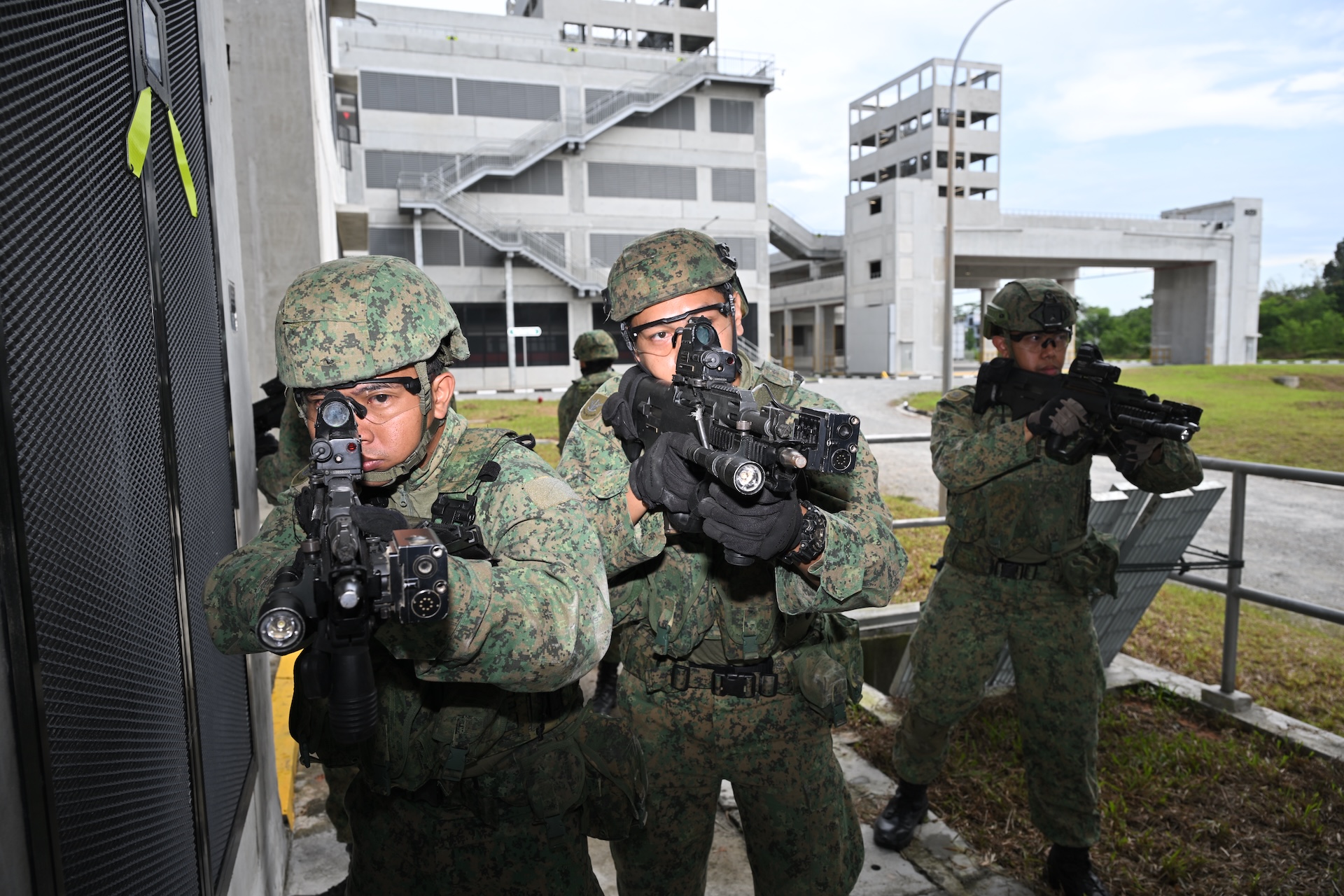
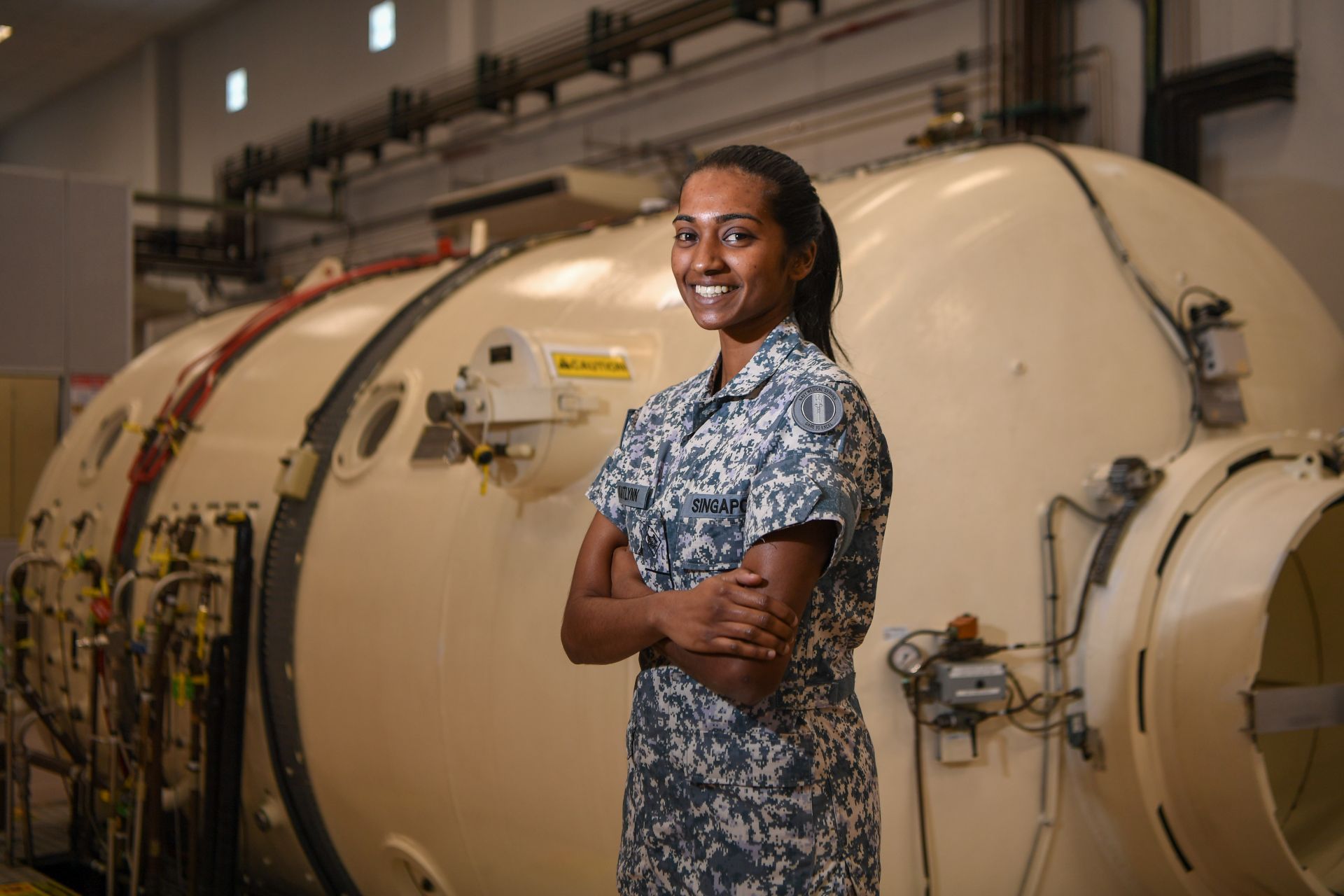
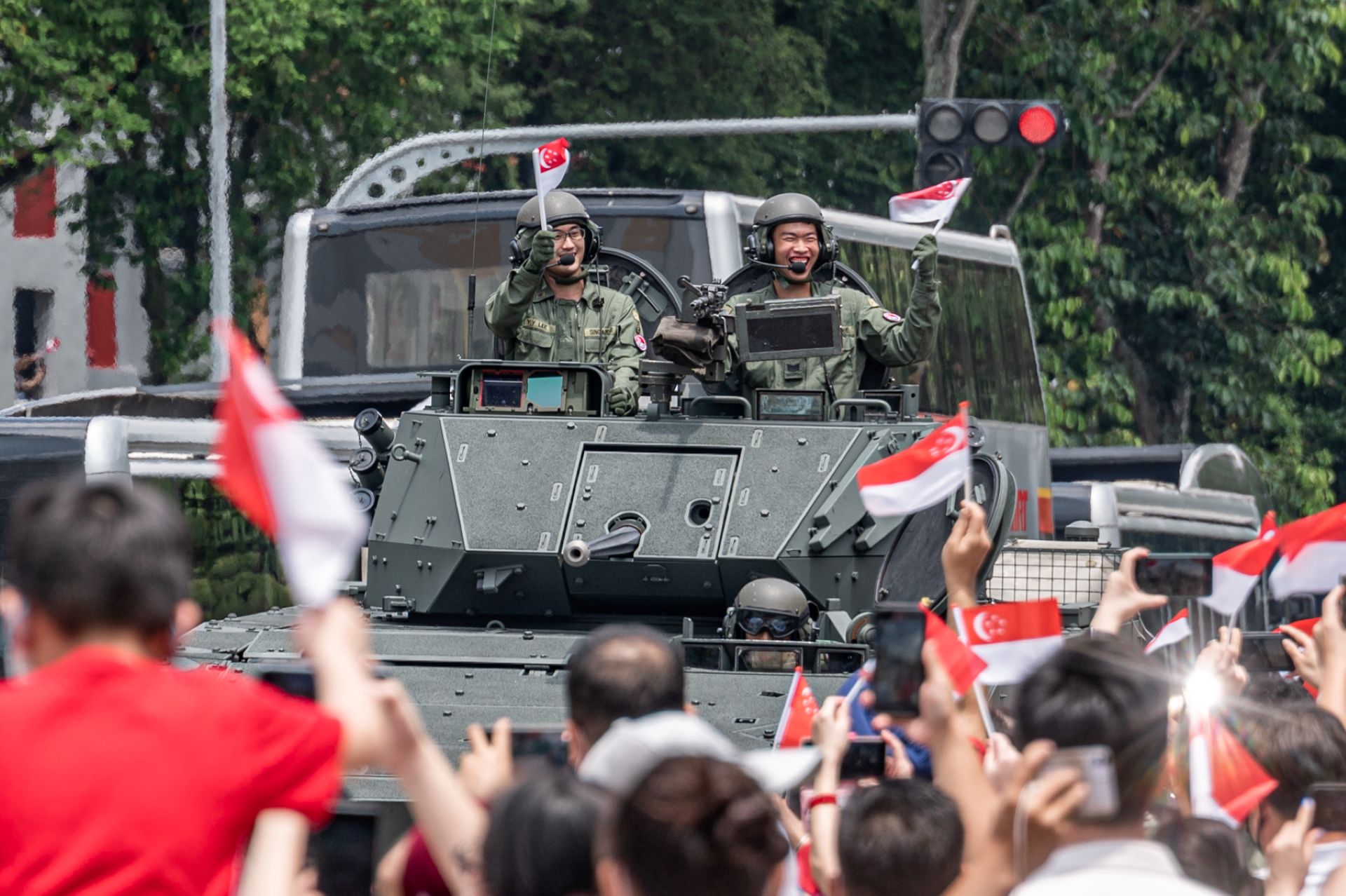
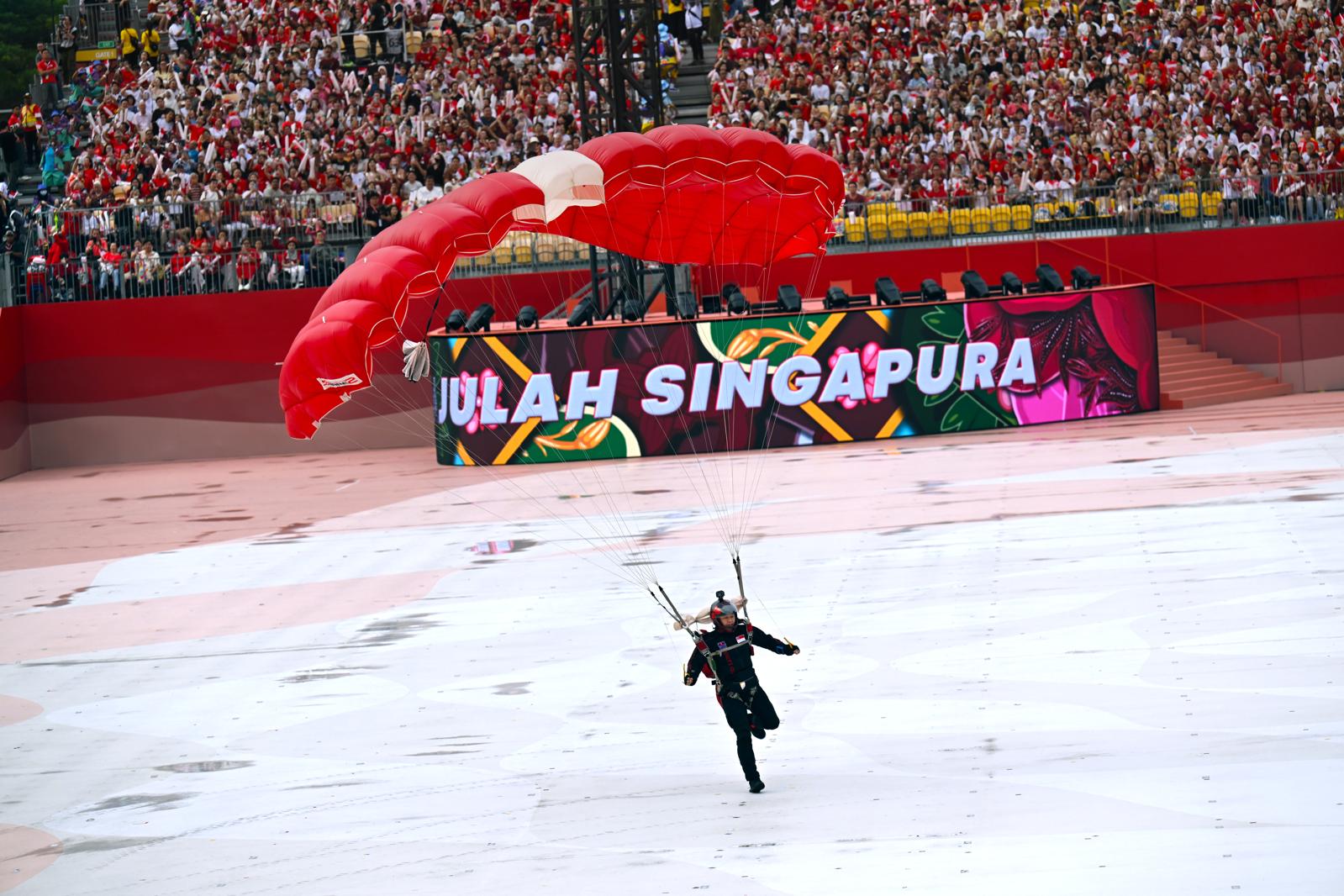
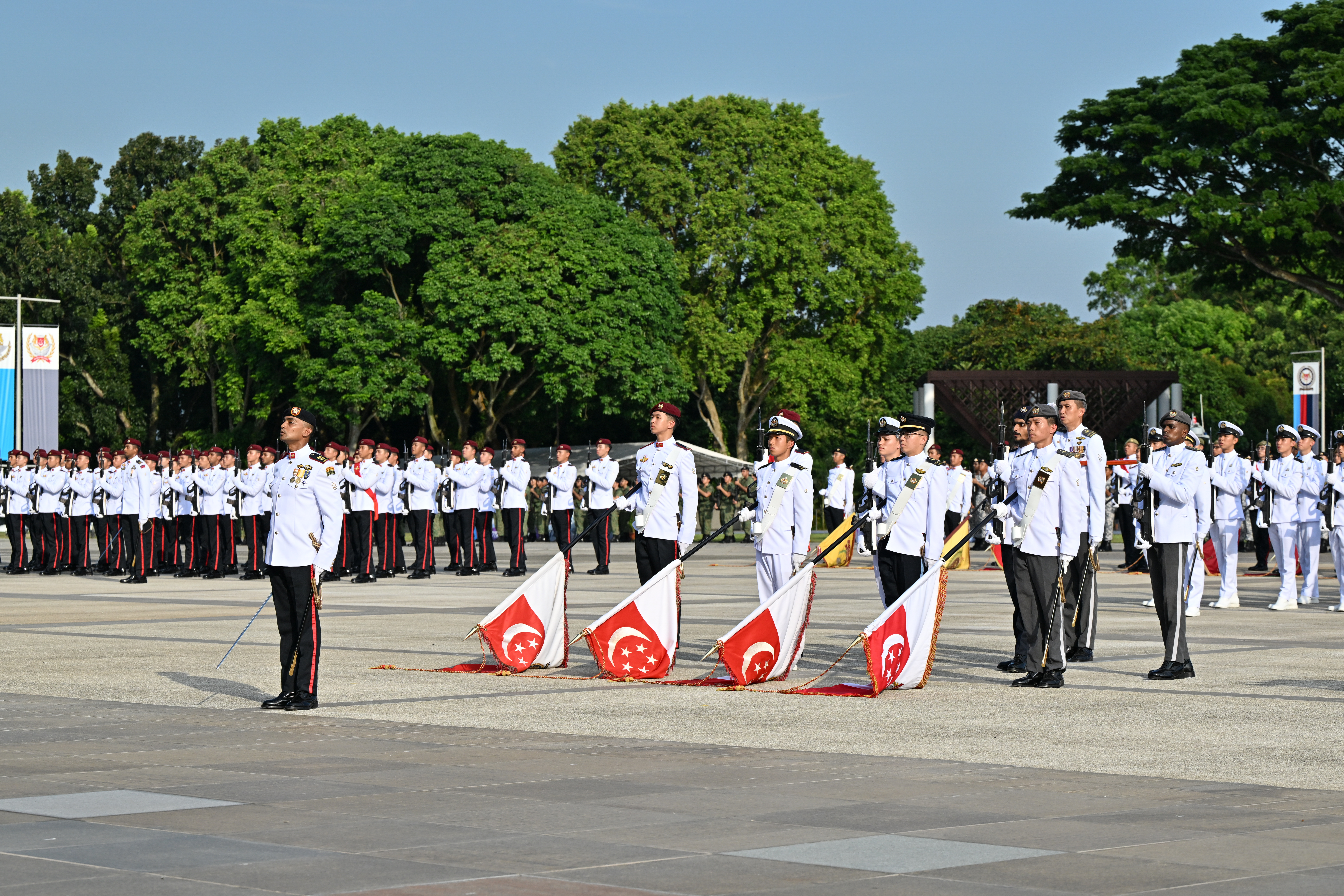
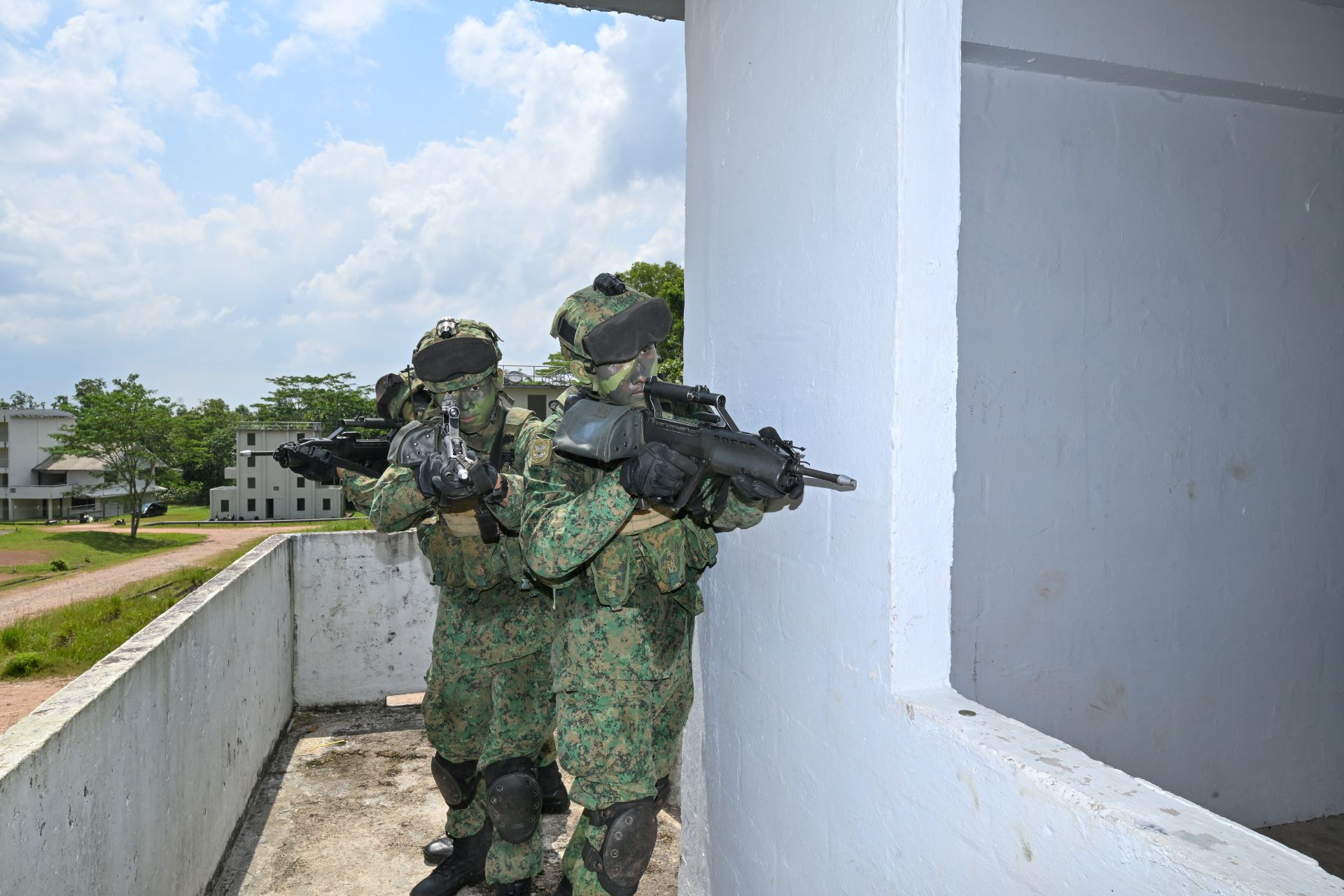
.jpg?sfvrsn=b5383902_1)
.jpg?sfvrsn=4eb1b86e_1)
